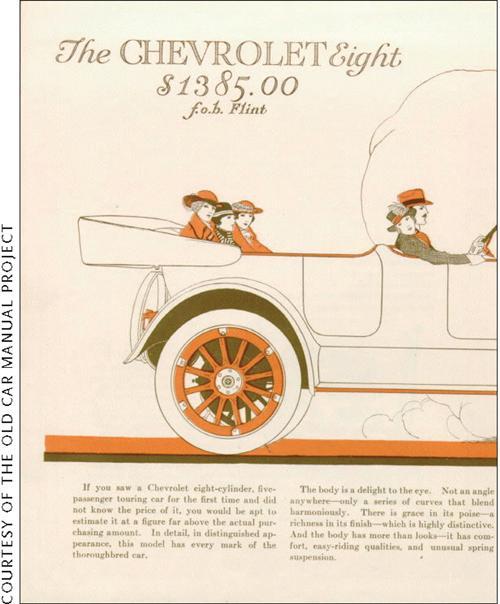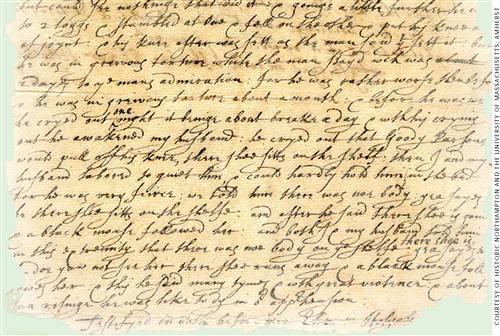Sign up for the Family Tree Newsletter Plus, you’ll receive our 10 Essential Genealogy Research Forms PDF as a special thank you!
Get Your Free Genealogy Forms
"*" indicates required fields
Destiny’s Child
Both my husband and I were born in 1923 — he in Davenport, Iowa, and I in Detroit. We met in California during World War II, when Don was in the Sea bees and I was working for a Hollywood photographer. We married and lived on the Navy base at Port Hueneme, then moved back to Iowa after Don’s discharge.
Years later, while researching our families, I discovered my paternal great-grandfather Charles C. Boget and Don’s maternal great-grandfather Levi B. Concannon had both served in the Civil War. I sent for their service records and to my surprise, they showed both men enlisted on the same day, Aug. 11, 1862, in Iowa City, Iowa. They served together in the 22nd Iowa Volunteers, one in Company H and the other in Company G. And they were discharged the same day in 1865 in Savannah, Ga. The men returned to Iowa and worked on farms not 10 miles from each other.
There’s no telling whether our ancestors knew each other, but I can’t help wonder if my husband I were meant to meet and one day celebrate our 50th wedding anniversary.
MARYLYN R. HAGEMANN
Port Charlotte, Fla.
Serendipity Speaks
“Oh no,” I thought when I noticed an elderly woman in my chair at my table. Not that it was reserved for me, but I always sat there when I looked up marriage records at the Campbell County courthouse in Jacksboro, Tenn.
My husband and I, along with our three teenagers, had moved to Knoxville five years earlier. I was researching his mother’s family, who had settled in Campbell County more than a century ago.
Ordinarily, I enjoy chatting with people, but this day I had little time and didn’t want to share my table with anyone, let alone a stranger. But I smiled politely as I sat down. I discovered she was deaf — she could speak to me, but any communication on my part had to be written. “Where are you from?” I wrote.
My table companion replied, “I just moved here from Logan County, Ark.”
Amazed, I wrote, “Really? My grandfather was raised there. I have hundreds of relatives from there. Did you happen to know my uncle Herman Cameron?”
“Why, yes, I did,” she answered. “Not only did I know him, but I attended his funeral. Later, I moved into his apartment.”
I couldn’t believe it. This was new information! I asked this stranger if she knew my uncle’s death and burial dates. “Yes, I have them at home. I’ll get them this evening,” she said.
There I was in a small-town Tennessee courthouse, working on my husband’s genealogy, and I met a stranger who had information about my Arkansas family. Genealogical wonders never cease.
MARLENE C. THOMAS
Knoxville, Tenn.
General Interest
Everyone called my dear grandfather “Ken,” thinking his name was Kenneth Girard Gifford. We learned differently one summer when we vacationed in Gettysburg, Pa.
We didn’t join the advertised tour of the historic battlefield, preferring to take our time looking for certain sites. I especially wanted to see Little Round top, where my great-grandfather Harvey Gifford fought with the New York Volunteers. The site featured a huge sign listing the regiments that fought there and their commanding officers. That’s how we found out my great-grandfather must have named his son for his commander — Gen. Kenner Girard.
DORIS L. DANIELS
Leesburg, Fla.
CAR TROUBLE
Ads such as this one for Chevy’s 1918 roadster enticed our ancestors to buy cars.
In 1918, when my maternal grandfather decided to get the first car in town, he was superintendent of schools and the sole high school teacher in Bingham, a small town in the Nebraska sand hills. The nearest Chevy dealer was 40 miles away, so my grandparents hopped on a train to Hyannis.
In those days, driver’s ed was the dealer’s brief explanation before you drove off. Where roads existed, they were single-lane rutted paths with grass in the middle. Still, there was no mud to get stuck in and no rain to flood the road, so the drive home went well.
It was Saturday and the town was bustling when my grandparents got back to Bingham. Grandfather drove right down the main drag; he couldn’t help showing off. Everyone was watching as he neared the general store for a quick stop. But at the last minute, forgetting he was driving, he pulled back on the steering wheel and hollered “Whoaaaaaa!” The car crashed into the scales in front of the store and knocked them over. Fortunately, nothing was badly damaged — except Grandpa’s pride.
MARGARET R. CROFT
Milan, Mich.
Witch, Is It?
Genealogists expect to find the odd horse thief hanging from the family tree. I found something stranger (and more satisfying): an accused witch. She was Mary Parsons, the beautiful and accomplished wife of the protégé to the richest man in Northampton, Mass., in 1654. Mary also was haughty and argumentative, unseemly qualities in a woman of the time.
Her accuser was Sarah Bridgman, whose father had lost his fortune and died of melancholy. Sarah, married to a carpenter and farmer, may have yearned for better times — and been jealous of Mary.
Mary Parsons had a history of sleepwalking, seizures and seeing spirits. So when things started going wrong in Northampton — missing puddings, sickly livestock, rancid beer — Sarah blamed Mary. Both women had babies; when Sarah’s died, she accused Mary of killing the child with witchcraft. Mary’s husband, Joseph, charged Sarah with slander, and the town took sides. It was rich against poor, and Sarah lost.
This court document bears Sarah Bridgman’s damning testimony: “My boy that is about 11 yeare old sayth as he was going to look our Cowes in a swamp there came something & gave him a great blow on the head, that it struck off his hatt & beat him almost to ye ground.”
Twenty years later, the Bridgmans’ adult daughter died under mysterious circumstances. They again accused Mary Parsons, who spent 10 months in the Boston jail before being exonerated.
According to a Bridgman genealogy from 1894, an Ebenezer Bridgman married a Mary Parsons in 1711. I thought it might be a typo, but it wasn’t: The accused witch’s granddaughter wed the accuser’s grandson, launching my branch of the Bridgmans. Imagine those family get-togethers!
PATRICIA BRIDGMAN
Beverly, Mass.
ADVERTISEMENT






